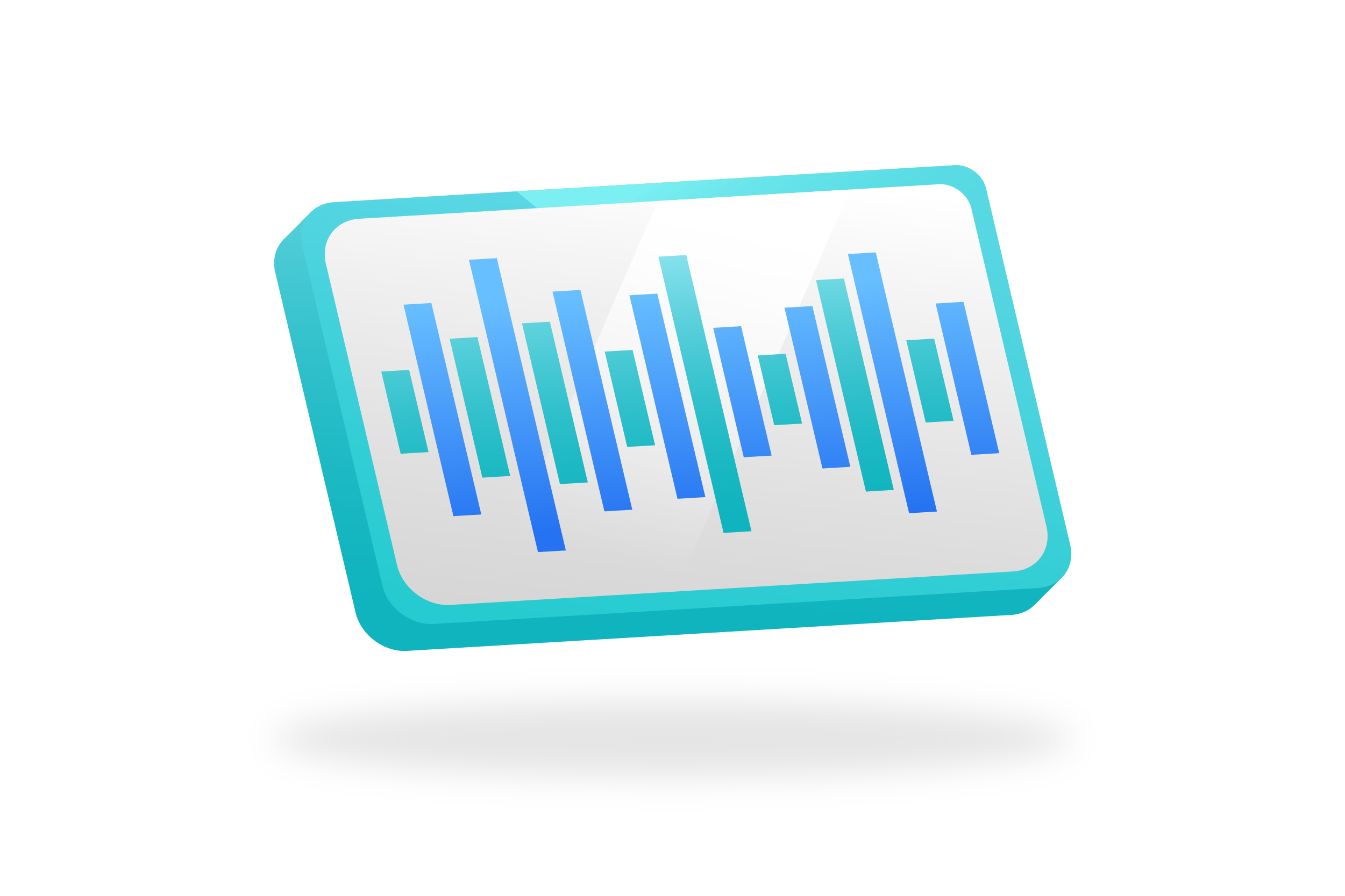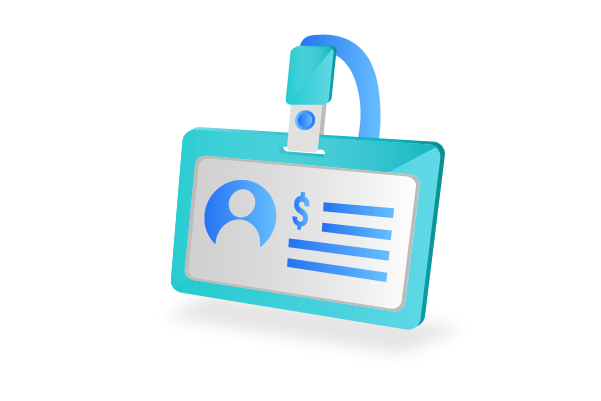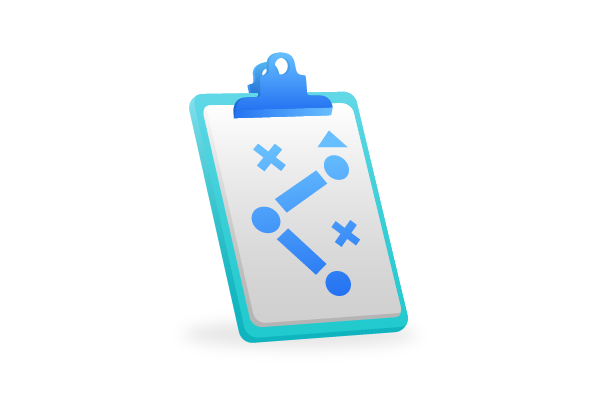Forex trading, also known as foreign exchange trading or currency trading, is the act of buying and selling currencies on the financial market. It is one of the largest and most liquid markets in the world, with trillions of dollars exchanged daily. This section will provide beginners with a foundational understanding of how the Forex market operates.
Forex market is unique due to its continuous operation; it runs 24 hours a day, five days a week, with trading taking place across nearly every time zone. This allows traders from all over the globe to participate in trading at any time of the day or night. Unlike other financial markets, there is no centralized marketplace for currency exchange; instead, trading is conducted over-the-counter (OTC) through a network of financial institutions and brokers.
Currencies are traded in pairs, and each currency pair represents the exchange rate between two currencies. The most commonly traded pairs are known as the “majors” and include EUR/USD, USD/JPY, GBP/USD, AUD/USD, USD/CAD, and USD/CHF. Trading these currency pairs provides opportunities for profit, especially when armed with a good understanding of economic fundamentals and market indicators.
For beginners, diving into Forex trading can seem daunting due to the complex jargon and the dynamic nature of currency markets. However, with the right education and tools, anyone can develop the necessary skills to engage successfully in Forex trading. This guide aims to equip you with the fundamental concepts and strategies needed to navigate the world of Forex.
Table of Contents
ToggleWhat is Forex Trading?

Forex trading, short for foreign exchange trading, is a global marketplace where currencies are bought and sold against each other. It’s the largest and most liquid financial market in the world, with trillions of dollars exchanged every day. Participants in the forex market range from individual traders and financial institutions to governments and multinational corporations, all seeking to profit from fluctuations in currency values.
Forex trading operates 24 hours a day, five days a week, across different time zones, making it accessible and dynamic for traders worldwide. Whether you’re a seasoned investor or a newcomer, understanding the fundamentals of forex trading is essential for navigating this intricate financial landscape.
Understanding Currency Pairs and Their Dynamics

Currency pairs are the foundation of Forex trading. Each pair represents the exchange rate between two currencies, indicating how much one currency is worth in terms of the other. Understanding these pairs and their dynamics is crucial for making informed trading decisions.
The most actively traded currency pairs are known as the ‘majors’ and consist primarily of the US dollar paired with other significant currencies like the euro, the Japanese yen, the British pound, the Australian dollar, the Canadian dollar, and the Swiss franc. These pairs are popular due to their liquidity and narrow spreads.
In contrast, minor pairs, often referred to as ‘crosses,’ do not include the US dollar. Instead, they involve other major currencies against each other, such as EUR/GBP or AUD/JPY. These pairs typically exhibit less liquidity and wider spreads but can offer substantial trading opportunities due to their potential volatility.
Read More: 7 Best Predictions for the Stock Market in 2024
Exotic pairs include one major currency paired with the currency of an emerging economy, such as USD/SGD (US dollar/Singapore dollar) or EUR/TRY (euro/Turkish lira). These pairs are less liquid and more volatile, which can lead to larger spreads and higher trading costs. However, they can also provide significant profit opportunities due to pronounced price movements.
When trading Forex, you are simultaneously buying one currency and selling another. The first currency listed (base currency) is the one being bought, while the second (quote currency) is being sold. For example, in the EUR/USD currency pair, if you expect the euro to strengthen against the dollar, you would buy EUR/USD. Conversely, if you expect the euro to weaken, you would sell EUR/USD.
Prices of currency pairs fluctuate based on economic factors including interest rates, unemployment figures, manufacturing output, and geopolitical events. Understanding these factors can help traders predict potential price movements.
By mastering the dynamics of currency pairs, traders can better navigate the Forex market and capitalize on the opportunities it presents.
Fundamental Analysis: Economic Indicators That Move the Markets

Fundamental analysis is a crucial aspect of Forex trading. It involves analyzing economic, social, and political factors to determine the potential movements of currency pairs. This analysis helps traders understand the underlying reasons for currency movements and anticipate future changes.
Key Economic Indicators
- Gross Domestic Product (GDP): GDP is a primary indicator of the health of an economy. A higher GDP often strengthens a country’s currency because it suggests a strong economic performance.
- Interest Rates: Central banks control national interest rates, and these are perhaps the most influential factors for currency valuation. A higher interest rate provided by a country’s central bank typically attracts more foreign investments in that currency due to higher returns, thereby increasing its value.
- Inflation Rates: Inflation impacts purchasing power and, consequently, currency strength. Typically, a low and stable inflation rate tends to boost a currency’s value, whereas high inflation can devalue it.
- Employment Indicators: Non-Farm Payrolls in the U.S., for example, serve as a significant economic indicator. Higher employment rates suggest economic strength and potentially higher interest rates, which can boost currency value.
- Trade Balances: A country with a significant surplus in its trade balance (exports greater than imports) usually sees an appreciation in its currency value. Conversely, countries with large deficits may see their currency devalue.
Analyzing News and Reports
Beyond numerical indicators, traders must also pay attention to geopolitical events, policy changes, and financial news. Decisions made in summits, international agreements, and by central banks can cause immediate and significant market movements.
Practical Application in Forex Trading
Traders use these indicators to predict currency movements and make trading decisions. For instance, if a trader anticipates a rate hike in the U.S., they might buy USD before the rate increase, expecting the currency to strengthen. Conversely, if negative economic data is released, a trader might sell the affected currency expecting it to weaken.
Understanding these fundamentals allows traders to not just follow market trends but anticipate them, leading to more strategic trading decisions and potentially higher returns.
Technical Analysis: Tools to Forecast Forex Market

Technical analysis is a method used by traders to evaluate and predict future currency price movements based on historical price data and statistical trends. This approach assumes that all known information is already reflected in prices, meaning that price movements are not purely random but follow identifiable patterns and trends that traders can exploit.
Common Technical Analysis Tools
- Charts: The most basic and essential tools for technical analysts are charts. These include line charts, bar charts, and the most popular, candlestick charts. Each type provides different insights into market behavior, with candlestick charts being particularly valued for the detailed information they provide about price movements within a given timeframe.
- Technical Indicators: There are numerous technical indicators that traders use to predict future market behavior. Some of the most commonly used include:
- Moving Averages (MA): These smooth out price data to create a single flowing line, making it easier to identify the direction of the trend.
- Relative Strength Index (RSI): This momentum oscillator measures the speed and change of price movements on a scale of 0 to 100. Generally, an RSI above 70 indicates that a currency may be overbought, while below 30 could suggest it is oversold.
- MACD (Moving Average Convergence Divergence): This tool helps identify potential buy and sell opportunities around trend changes by plotting two moving average lines.
- Support and Resistance Levels: These are key concepts in technical analysis where certain price levels are predicted to be a floor or ceiling for future price movements. Support levels indicate a lower boundary that a currency might struggle to break below, while resistance levels indicate an upper limit a currency may struggle to exceed.
Integrating Technical Analysis into Trading Strategy
Technical analysis is typically used in conjunction with fundamental analysis. While fundamental analysis provides the ‘why’ of market movements, technical analysis can provide the ‘when’. For traders, combining these methods gives a more holistic view of the market.
For example, a trader might use fundamental analysis to decide that a currency is likely to strengthen based on economic indicators but use technical analysis to determine the optimal entry and exit points for their trade based on observed patterns and resistance levels.
Limitations of Technical Analysis
It’s important for traders to understand that while technical analysis can be incredibly useful, no method guarantees 100% accuracy. Markets can be unpredictable and influenced by unforeseen events. Thus, risk management strategies should always be in place to protect investments.
Developing a Trading Strategy: Risk Management Fundamentals
Developing a sound trading strategy is crucial for success in the Forex market. A well-constructed strategy incorporates both the entry and exit points of trades, along with robust risk management techniques to protect against unexpected market movements. This section outlines key components of a successful Forex trading strategy focused on risk management.
Every trader needs to define their risk tolerance before entering the market. This involves determining how much of your total capital you are willing to risk on a single trade. A common guideline is to risk no more than 1% to 2% of your portfolio on any given trade. This strategy helps protect your capital over the long term, allowing you to withstand periods of drawdown without significantly impacting your trading account.
Stop-loss orders are an essential part of risk management in Forex trading. A stop-loss order automatically closes a trade at a predetermined price level if the market moves against your position, thereby limiting your potential loss. Conversely, take-profit orders are set to secure profits by automatically closing a trade once a specific profit target is reached.
Leverage can amplify both gains and losses in Forex trading. While it can be tempting to use high leverage to increase potential profits, excessive leverage can lead to significant losses, especially for beginners. It’s advisable to use leverage cautiously and to fully understand the implications of leveraged trading before committing to it.
A trading strategy should not be static. Regular review and adjustment in response to changing market conditions or in response to lessons learned from past trading experiences are vital. This adaptive approach ensures that your trading strategy remains effective and continues to align with your trading goals and risk tolerance.
Diversifying your trading portfolio across various currency pairs and potentially other asset classes can reduce risk. By not putting all your eggs in one basket, you can mitigate the impact of a poor performance in one area with better performance in others.
Lastly, continuous education in the fields of both fundamental and technical analysis enhances your ability to adapt your strategy effectively. The more informed you are, the better prepared you’ll be to respond to market changes and opportunities.
Choosing the Right Forex Broker
Selecting the right Forex broker is a critical decision for any trader and can significantly impact the success of your trading activities. A reliable broker not only provides a platform for trading but also plays a vital role in the execution of trades, security of funds, and access to necessary trading tools and resources.
Read Next: 10 Best Forex Trading Apps to Know in 2024
Factors to Consider When Choosing a Broker
- Regulation and Security: The most important factor in choosing a broker is their regulatory status. A broker regulated by reputable authorities (such as the U.S. Commodity Futures Trading Commission (CFTC), the UK’s Financial Conduct Authority (FCA), or the Australian Securities and Investments Commission (ASIC)) ensures that they adhere to strict financial standards and offer a level of protection to traders’ investments.
- Trading Platform: The trading platform is the trader’s gateway to the markets, so it should be user-friendly, stable, and equipped with the necessary analytical tools to aid in trading decisions. Platforms like MetaTrader 4 or MetaTrader 5 are widely recognized for their robust features and reliability.
- Transaction Costs: Every trade involves a cost, which can come in the form of spreads, commissions, or both. Comparing these costs among brokers can help you minimize expenses and maximize returns. Keep in mind that sometimes, a slightly higher fee might be worth it if the broker offers superior services and execution.
- Deposit and Withdrawal: Good brokers ensure that the deposit and withdrawal processes are smooth and straightforward. They should offer multiple methods for depositing and withdrawing funds, and there should be no undue delays or excessive fees associated with these processes.
- Customer Support: Excellent customer service is crucial, especially for new traders. The broker should offer accessible support through various channels like phone, email, and live chat. The ability to get prompt and helpful customer service can be invaluable, particularly in fast-moving markets.
- Educational Resources and Tools: Especially important for beginners, educational resources such as tutorials, webinars, and articles can be extremely beneficial. Additionally, access to current market analysis and tools like economic calendars, calculators, and reports can enhance trading effectiveness.
Checking Broker Reviews and Feedback
Before finalizing a broker, it’s advisable to check reviews and feedback from other traders. This can provide insights into the broker’s reliability, the quality of their service, and the overall trading experience they offer.
Demo Accounts
Testing a broker through a demo account before committing real money is a prudent step. Demo accounts allow you to familiarize yourself with the platform, test your trading strategies, and assess the overall usability of the broker’s services without any financial risk.
Conclusion
As you embark on your Forex trading journey, remember the importance of a solid foundational understanding of the market mechanics, currency dynamics, and the interplay of economic indicators. It’s vital to combine both fundamental and technical analysis to form a robust view of the market, ensuring that your trading decisions are well-informed and strategically sound.
Prioritize ongoing education and practice, utilizing demo accounts to refine your strategies without financial risk. Stay updated on global economic events and maintain a disciplined approach to risk management. By consistently applying these principles, you’ll enhance your ability to navigate the Forex market effectively and increase your potential for success.
Disclaimer: The information provided by Utrada in this article is intended for general informational purposes and does not reflect the company’s opinion. It is not intended as investment advice or recommendations. Readers are strongly advised to conduct their own thorough research and consult with a qualified financial advisor before making any financial decisions.
Carina Caringal is an experienced writer and analyst in the Crypto and Blockchain world, with four years of expertise. She simplifies the complex world of Digital Currencies for her readers, offering clear insights and updates on the latest trends and technologies.
-
Carinahttps://www.utrada.com/blog/author/carina/
-
Carinahttps://www.utrada.com/blog/author/carina/
-
Carinahttps://www.utrada.com/blog/author/carina/
-
Carinahttps://www.utrada.com/blog/author/carina/


